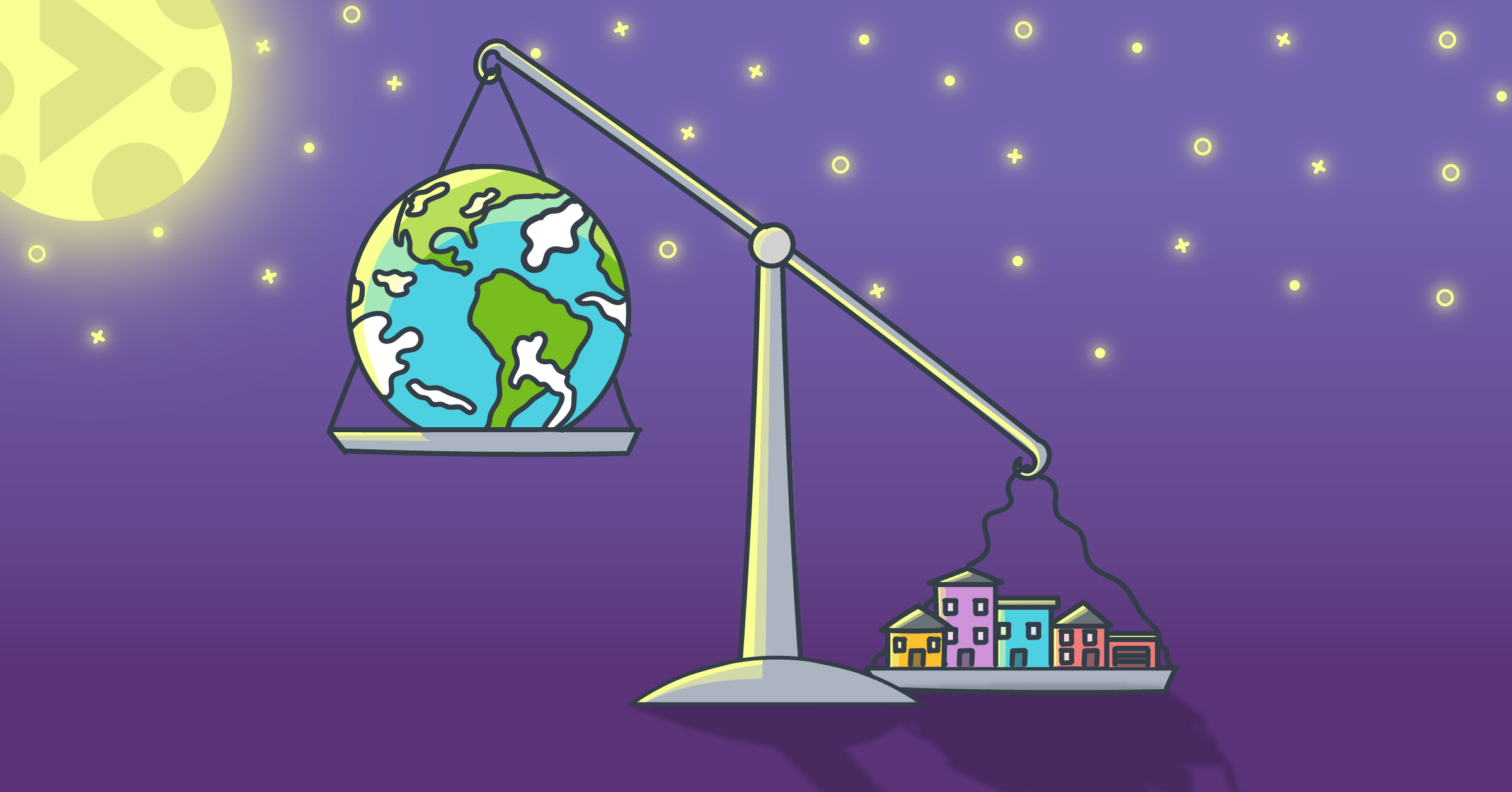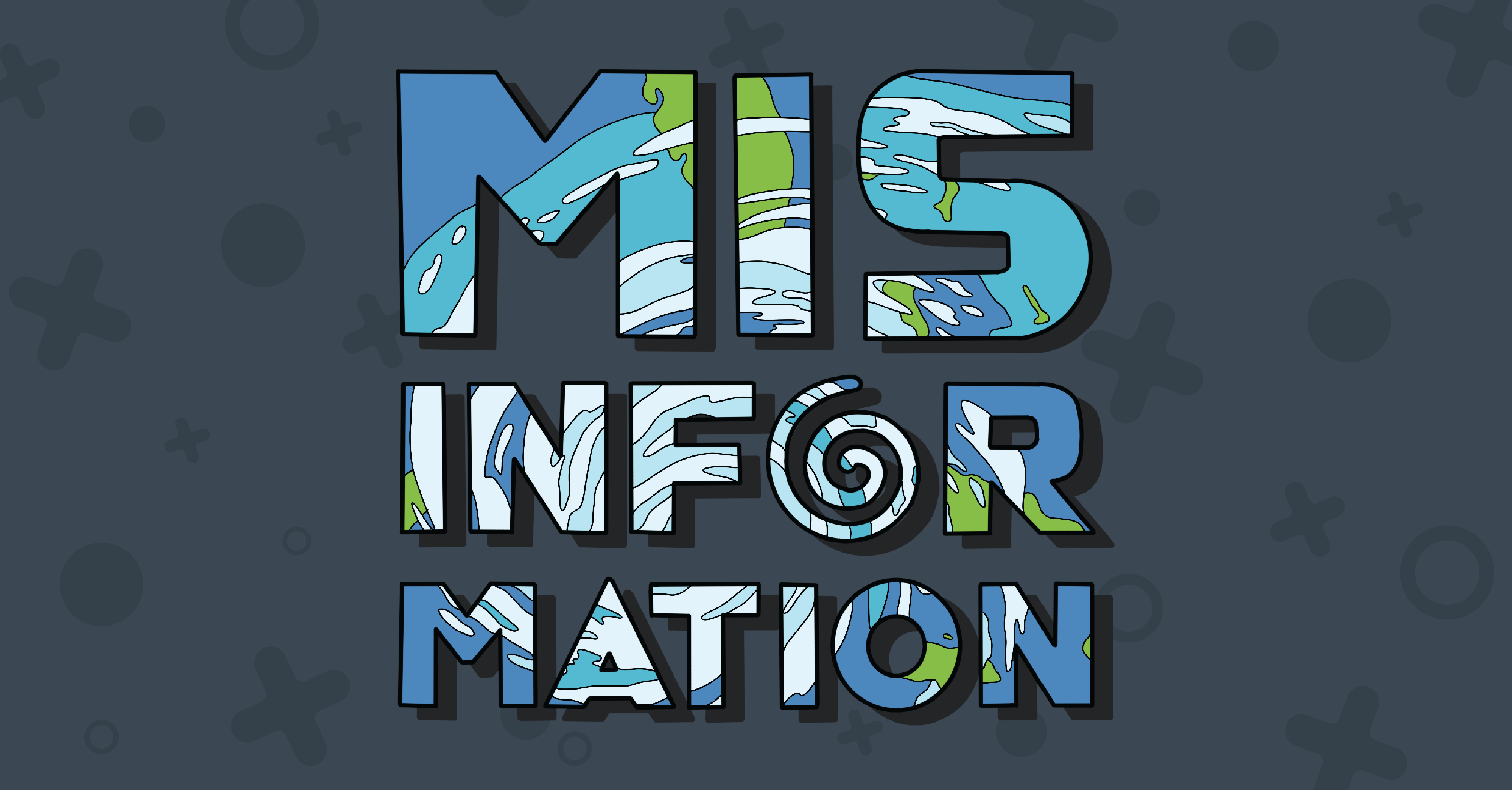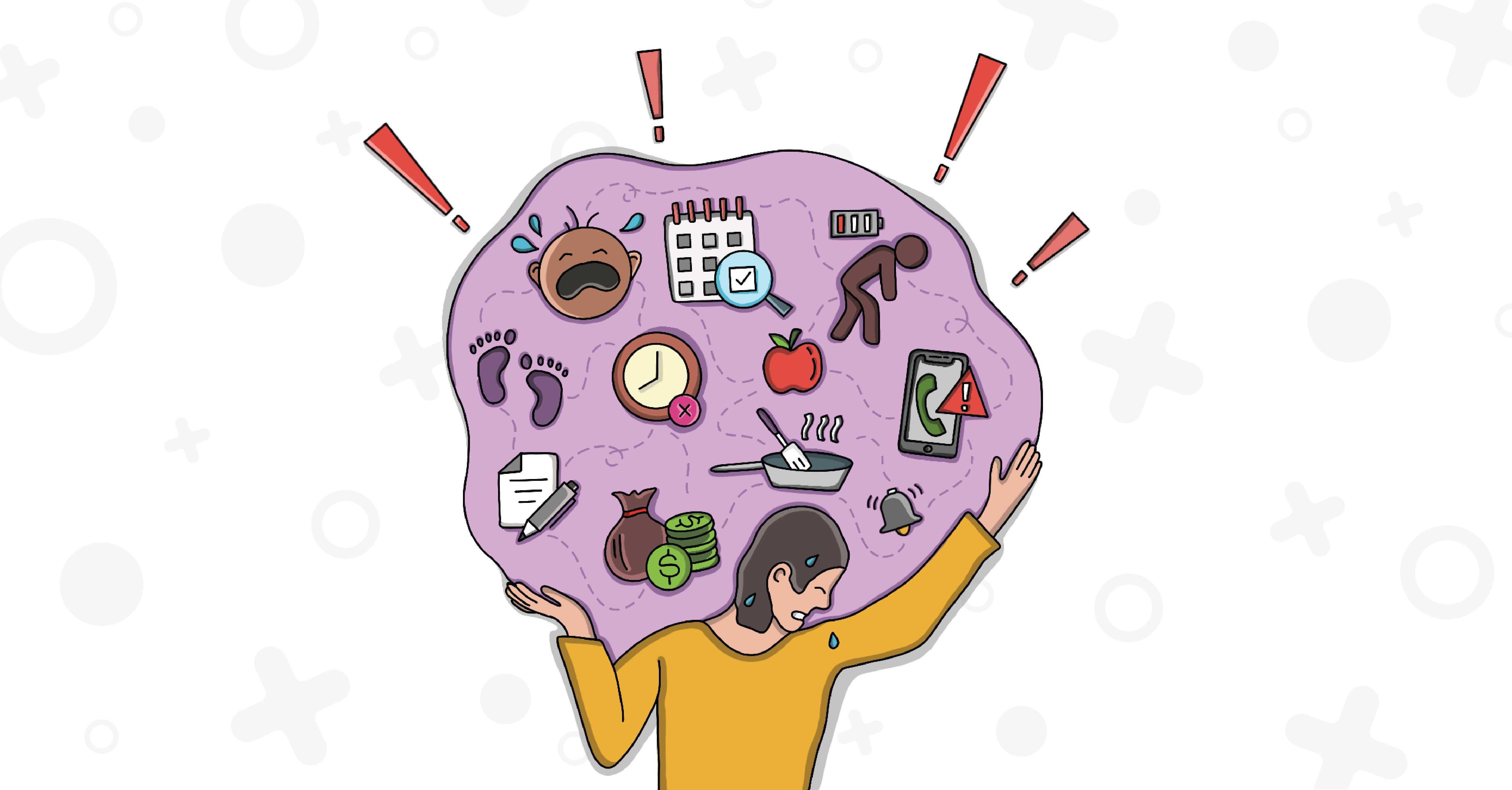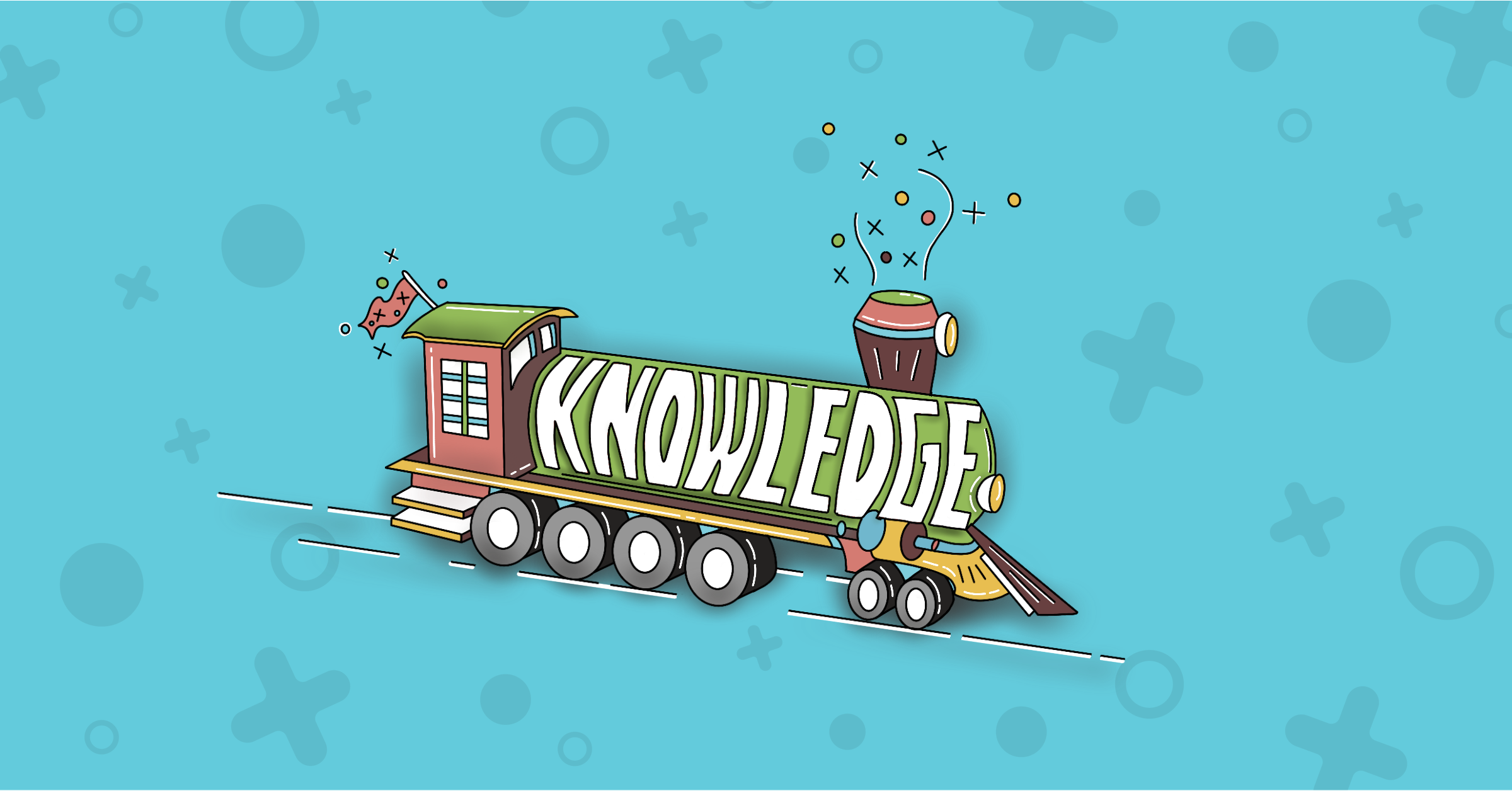
Save the Neighborhood, Not the Planet
Sprawling lawns, thick with lush, green grass, are part of what attracts families to the suburbs. But lawns like these are also what’s choking life from the Chesapeake Bay as fertilizer runoff spurs algae growth, robbing underwater life of oxygen.
It’s a classic tragedy of the commons: Only collective action can save the bay. If you alone abandon fertilizer, your lawn may suffer, but the environmental impact will be negligible. So why do it? Why not wait for your neighbors to act? Then, maybe you’ll join in.
This was the dilemma in 2004 when we were hired under a federal grant to reduce residential fertilizer runoff in the Chesapeake Bay watershed. What was needed, it seemed, was not so much individual motivation, but a change in the suburban social contract: Homeowners didn’t just need to know they were collectively killing the Chesapeake. They needed to think their neighbors were also interested in doing something about it.
So instead of an earnest government appeal to do what’s right for the environment, we invented the “Chesapeake Club” — a local campaign to protect the area’s culinary identity as the home of Maryland crab cakes and Virginia’s she-crab soup. The appeal was about protecting a shared lifestyle, like the crab boils locals enjoyed on those very same lawns. And the appeal felt like it was coming from neighbors, not the government.
“Save the crabs,” the campaign tagline went. “Then eat ’em.”
Appealing to a sense of community — protecting what’s ours — worked. Fertilizer use dropped that spring among those exposed to the campaign. By making it a sort of inside joke for locals, the campaign had harnessed the power of social influence.
It should have been no surprise. Social influence is the quiet force behind some of the world’s most successful change efforts. Yet, these potent pressures are rarely embraced quickly by campaign makers and too often ignored. Perhaps this is because social pressure is typically not explicitly obvious. Focus group participants, after all, don’t tend to beg for more peer pressure.
So here is a quick tour through the basics of social influence. These fundamentals should help you understand what kinds of influence are possible so you can contemplate leveraging those at your disposal and ensure the social pressures in play are flowing in the right direction.
Three key components of social influence
Three forces are at work here — one’s aspirations for oneself, one’s assumptions about what others expect of them, and one’s connection to larger groups.
Self standards
Let’s start with you. Think about who you want to be — your ideal self. This is a preferential self-belief. It works as “a self-imposed criteria for judging oneself.”¹ We call this a self-standard. Since what we do helps define who we are, we will do things to be (or seem to be) who we want to be. If we act like a kind person, then maybe we are a kind person. We are engaging in a behavior to define ourselves.
This self-definition motivation can come in several forms. It could be driven by who we want to be (ideal self) or who we think we ought to be (ought self). We may change our behavior to avoid being who we do NOT want to be (undesired self) or who we are not allowed to be (forbidden self). Note that this has less to do with who we are (self-concept) than who we want to be or not be (self-standard).
Marketers have long leveraged the power of self-standards. In exchange for a target behavior, they offer people ways to signal who they are. Campaigns, candidates and brands help you show off who you are (or want to be) by offering ideas about what you wear, how you spend a Saturday afternoon or where you take a date. “Be all you that you can be … in the Army,” an old Army recruiting jingle used to say.
Part of the allure is living the life you want to lead. Another part is being able to be seen as that person. Many of us feel voting is patriotic, for example, so we vote. Then, as an added bonus, we get an “I voted” sticker to show others how patriotic we are.
Showing off who you are, after all, is a big part of being yourself.
At one level, this may seem like “virtue signaling.” Your work at the homeless shelter is posted on Instagram so others will see you as a good person. But holding to personal standards can go much deeper: It’s why a person might return a wallet full of cash or risk their life to save others. They are motivated to be their ideal self.
Determining who you are is a big piece of being human.
Social norms
So is being social. We are social creatures. We can’t help but look to our peers. We are influenced by what we think others do, and by what we think they expect of us — what are known as social norms. Social norms can be embedded in cultures as traditions or emerge quickly as trends. While often not explicitly acknowledged or even consciously recognized by the people involved, social norms are among the most powerful influences a marketer can harness.
That’s why social norms are at the heart of so many campaigns. You see it again and again: [Fill in the blank] is what all the cool kids are embracing. [Fill in the blank] is what everybody’s doing.
We have all felt peer pressure. This pressure comes in several forms. Typically, the pressure comes in the form of “injunctive norms.” Injunctive norms are the behaviors we believe will win the approval of important others. Your friends, for example. This may or may not mirror the “descriptive norms,” the norms we see around us. Maybe it’s the “norm” to get drunk at a college party — most of the people there seem drunk — but you stay sober because that’s what your social circle respects and expects. That’s the injunctive norm — the one that will win you approval.
Of course, in the real world, we are constantly looking for clues about social norms. When we are not sure what’s expected, we pay close attention to what others do. This is why the “descriptive norm” is so important. Descriptive norms are what we think most people do. With most everyday choices, like what to say and what to wear, what we see around us typically defines what we believe to be the social norm.
College administrators learned this the hard way years ago. To combat binge drinking, they hung posters warning students of the dangers of beer funnels. The take-away for freshmen? This beer-funnel thing must be a rite of passage. Normal undergrad behavior. It’s something they should do. The successful message against binge drinking, tried years later, was not health warnings. It was sharing statistics about how most students drank little or not at all. It was social norms.
What matters is the “subjective norm.” We say “subjective” to emphasize how norms are a personal belief, not an objective truth. Your subjective norm is not what people actually expect you to do. It’s about what you think they expect. Change what people think the norm is, and you are on your way to changing them.
Norms can be communicated in different ways. There are “explicit norms” that broadcast what’s expected. For example, you might get an invitation that suggests “business casual attire.” You are explicitly told what people will be wearing. More often though, we take our cues from “implicit norms” — what we suspect is normal or expected of us even though it is never explicitly stated anywhere by anyone.
Marketers are always searching for ways to imply their target behavior is the norm. But sometimes they accidentally do the opposite. Years before the Affordable Care Act, an effort to enroll children in a new health insurance program publicized the need: Publicity emphasized just how many children were uninsured (1 in 5). But a survey in Florida showed parents of uninsured children were getting an unintended message: Emphasizing that lots of children were uninsured made it feel normal. Thus, they felt no normative pressure to take advantage of the program that would insure their children.
By unintentionally setting an incorrect implicit norm, advocates for getting children health insurance were working against their own goal.
Social identity
Beyond norms is the power of social identity. Like norms, social identity is about acceptance. But with social identity, the driving force is less about meeting expectations and more about belonging — essentially letting a group set your own self-standards.
The concept rose from studies of how groups interact. Individual behavior, it turns out, is often influenced by group dynamics.
Social psychologists led by Muzafer Sherif demonstrated this in his “Boys Camp” studies, run from 1949 to 1954. The studies randomly assigned boys at summer camps in Connecticut (1949), upstate New York (1953) and Oklahoma (1954) into two groups. The groups competed against each other and researchers watched how the boys interacted. Though randomly assigned, boys quickly identified closely with their group, adopting group goals as personal goals and expressing hostility against out-group members. “Physical objects and locations became imbued with group-based meaning: it was not the swimming hole, but our swimming hole.”² Personal identity became intertwined with group identity, influencing each boy’s behavior, driving prejudice and discrimination.
This social influence, it was later shown, did not even require interacting as a team. Curious about how little was required to generate group identity, social psychologist Henri Tajfel ran a series of “minimal group studies” in the 1970s. Tajfel categorized British schoolboys into groups that never actually interacted. Assignments were based on arbitrary criteria, such as each boy’s taste in modern art or ability to estimate dots on a screen. Then each boy was asked to allocate monetary rewards to others. Even though they never knew who was in their group and their own rewards were not on the line, the boys showed a tendency to favor ingroup members when monetary rewards could not be allocated equally. In other words, the boys favored others based on the very tenuous connection of sharing an art preference or an estimation ability. They were biased against people they couldn’t even identify.
Tajfel, working with his Bristol University colleague Jerome Turner, developed Social Identity Theory to explain how group identity impacts individual behaviors. Tajfel and Turner believed “individuals are motivated to achieve a positive self-image and that self-esteem can be enhanced by a positive evaluation of one’s own group.” As they saw it, one’s “own group is evaluated by comparison to others.” To the degree that in-group members are superior to out-group members, this “positive group identity … enhances self-esteem.”³ In other words, our own self-worth is intertwined with our group identities. To accept problems with our group is to accept them for ourselves and breaking from a group means giving up part of ourselves.
This power of social identity has enormous ramifications for anyone trying to influence behavior. It can affect how people interpret messages. For example, studies have shown that people cherry pick data to protect group reputations or retain their connection to a group. The need to fit in with affinity groups also can color our perceptions of scientific evidence, regardless of our level of literacy with the topic.4 In two classic examples, accepting climate change or getting vaccinated against COVID-19 can signal you are no longer connected with certain strains of the conservative movement. You are not just making an educated choice. You are rejecting the foundational beliefs of your social group. A part of your identity is threatened.
How to use social identity to motivate change
The key in behavior change marketing is how to recognize, accommodate and leverage social identity. This includes:
- Knowing which social identity to trigger. People do not have a single social identity, but many. One may be a parent, a hunter, an engineer and a Republican — all of which are social identities in their own way. Any one of those identities could be triggered by the content or context of an interaction. Depending on what identity is triggered, a belief or behavior could be accepted, considered or rejected outright. The messenger could be seen as “one of us” or “the other.” Everything from branding to message to media placement needs to consider what identity will be triggered and how that will play out in terms of beliefs, attitudes and behavioral intent.
- Connecting with the target actors’ personal constructs — how they believe the world works — which is connected to both their experience and social identities. Advocates for any behavior have a tendency to try and impose their belief structure on a target audience. This can backfire, and simply signal the message comes from “the other.” A more successful approach typically involves first connecting with target actors, signaling the ways in which the campaign is aligned with a social identity and “one of us.”
- Providing clues that link the change effort to the target actor’s existing or aspirational social identities. Everything from explicit references to subtle design choices can signal alignment with a group identity, either putting the target actors at ease or sparking unwanted suspicion. You can make the effort as allied or enemy territory.
- Engaging partners or allies that share, or better yet represent, the target actors’ social identity. No signal is more powerful than the groups or people involved in an effort as target actors filter messages and determine if the change effort is aligned with their own identity. Partners can play a number of roles as co-creators, messengers and distribution channels.
Connect, counsel, convert
The power of social influence is huge, especially at the onset of a change effort. For this reason, at Marketing for Change, we break our approach into three stages — connect, counsel and convert. The first step is to find agreement and alignment, to engage with the target on their territory. It’s about building a connection. That connection can be deepened as the change effort counsels target actors on how to meet the actors’ own pre-existing needs. The counsel stage is about building a relationship. Only after the relationship is strong does the marketer expect to convert and influence behavior.
Consider how social influence was already at work in the Washington, D.C., suburbs well before the Chesapeake Club campaign. Driving the use of lawn fertilizer were social norms around what homeowners expect of each other’s yards, the self-standards of homeowners wanting to show off their affluence, and the social identities of the watershed neighborhoods.
The trick of the Chesapeake Club campaign was to use, instead of compete with, those social influences.
We didn’t ask them to save the planet. We helped them save their local cuisine.
Sources: 1 Bak, W. Self-Standards and Self-Discrepancies. A Structural Model of Self-Knowledge. Curr Psychol 33, 155–173 (2014). https://doi.org/10.1007/s12144-013-9203-
2 Platow, M. J., & Hunter, J. A. (2012). Intergroup relations and conflict: Revisiting Sherif’s Boys’ Camp studies. In J. R. Smith & S. A. Haslam (Eds.), Social psychology: Revisiting the classic studies (pp. 142–159). Sage Publications Ltd.
3 Tajfel, H., & Turner, J. C. (2004). The Social Identity Theory of Intergroup Behavior. In J. T. Jost & J. Sidanius (Eds.), Political psychology: Key readings (pp. 276–293). Psychology Press.
4 Kahan, Dan M. and Peters, Ellen and Dawson, Erica and Slovic, Paul, Motivated Numeracy and Enlightened Self-Government (September 3, 2013). Behavioural Public Policy, 1, 54-86, Yale Law School, Public Law Working Paper No. 307, Available at SSRN: https://ssrn.com/abstract=2319992or http://dx.doi.org/10.2139/ssrn.2319992

Peter is the founder & chief insights officer of Marketing for Change.




